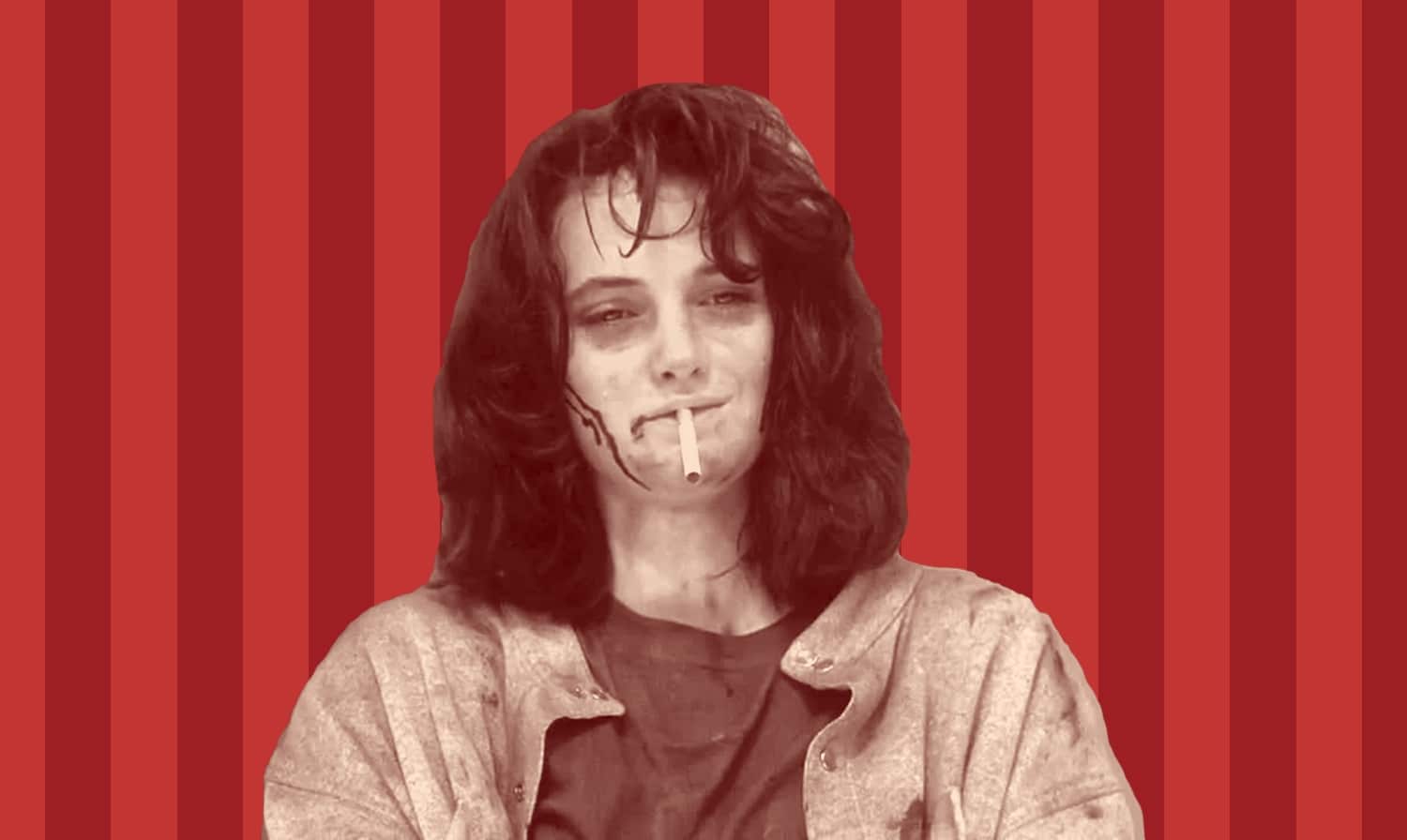
Welcome to Debate Week, the first of what we hope to be many weeks in which we open up a topic of a discussion to our entire team. This week: What was the best year in movies, ever? Throughout the week, our team will each make the case for their chosen year. Follow us on Twitter to place your votes on Saturday, April 7.
Most cinephiles will tell you that they can’t really remember a time in their lives when movies weren’t a significant part of it. That’s what I’d tell you at least. You see my family of five weren’t the most well-off during my early youth but my parents would take us to the movies like it was church. We’d worship the screen at Waterman’s or Park Royal in West London on weekends, while at home our private collection of VHS – some new, most recorded off the TV – were watched religiously. Growing up, though, the ones that remain so dear to my heart are the ones that were made during the year I was born: 1988.
Maybe it’s because it’s my birth year that I am so sentimental about these movies (we were created practically at the same time!), but that doesn’t take away from the fact that it was also a golden year of filmmaking. 1988 produced bonafide masterpieces, in so many genres, that have stood the test of time. Thirty years later we’re still lauding them as iconic pieces of cinema and rightly so.
Take Die Hard for starters, it’s an action movie masterclass. As Adam Sternberg of the New York Times once wrote, “if you can’t get behind Die Hard as a great American movie, then I’d argue that you hate greatness, movies, and America.” Ever since a white vest-wearing and shoeless John McClane burst onto Nakatomi Plaza, to take down a building full of bleach-blond European terrorists, every other action movie has tried to match its brilliance. It set the standard that screenwriters have been trying to riff off ever since because McClane is not your average action hero. He doesn’t pump iron, have military training or skill in martial arts but he does have street smarts, a heart of gold and the gift of the gab. He makes people think that maybe they could get home in time for Christmas and take down a terrorist group single-handedly too. That kind of relatability in film never gets old and neither does Die Hard, especially at Christmas, just like Scrooged.
A lot of my favorite films and music were introduced to me my dad and he was a super fan of Bill Murray’s. He had me and my brothers watch Ghostbusters, Groundhog Day, Kingpin, and every December we’d watch Scrooged. We still do. What’s so perfect about this movie is that it doesn’t shy away from the hostile emotions the festive period often brings out in people, or the somewhat superficial nature of the holiday in general. As an adaptation of A Christmas Carol, it works because we all have a bit of the Frank Cross-like Scrooge in us just like when you watch Curb Your Enthusiasm and find yourself agreeing with Larry on more than one occasion. Scrooged presents the realities of modern life and how testing it can be, in both a tragic and hilarious way, and despite Frank’s somewhat grimy exploration into his past, present and future there’s still something so rich and warm about it. As literary adaptations go, this one is up there with the best and most imaginative in its retelling, and its stellar cast including Robert Mitchum, Alfre Woodard, Carol Kane and Karen Allen ensured its iconic status.
Heathers is another game-changing ‘88er. Having had a healthy appetite for John Hughes movies like Sixteen Candles and Pretty in Pink, when Heathers came along I was floored. It took all of the chemical make-up of what makes a Hughesian movie and blew it up to create this progressive and rebellious commentary on the female high school experience. It delved into issues of rape, eating disorders, school shootings and teen suicide that had barely been touched by cinema in such a blackly comic way. It also showed that toxic masculinity isn’t limited to the jocks, but the outsiders too, and teenage girls had for too long allowed it to influence their lives; be it through Heather Chandler coerced into rough sex with a college dude or Veronica being seduced by an “anarchist” JD. These girls are far from perfect, and our hero Veronica is easily led, but in the end, she stops caring about what other people think, she finds her voice and she saves the fucking day. When Heather Duke says “you look like hell” and Veronica replies “yeah, I just got back,” you just know she’s talking more about the hell of her toxic high school existence than stopping JD from blowing the place up. That ending, as she heads off into the distance with Martha, made more of an impact on me than Judd Nelson’s fist pump ever did and in another 30 years we’ll still be praising Heathers as an iconic piece of cinema.
Who Framed Roger Rabbit was another movie that took a quintessential film genre and flipped it on its head. This ‘88 classic spruced up film noir and mixed it with live action and animation to brilliant effect. It’s one of those movies that you have to question anyone over the age of 30 who hasn’t seen it. It made Disney a contender in the animation department again and even gave the magical kingdom a bit of much-needed edge too by delving into alcoholism, adultery and murder, as well as other mature subject matter. Who Framed Roger Rabbit? was making animation accessible to both adults and kids before Toy Story came along and with Robert Zemeckis on board as director, and Steven Spielberg’s Amblin Entertainment behind it too, it proved that animated features were just as worthy an art form.
Amblin (and Lucasfilm) were also behind my favorite animation of 1988: The Land Before Time. My eyes are welling up even thinking of this movie; a Bambi set in prehistoric times where a young orphaned dinosaur and his friends try their best to survive in an unforgiving landscape. It’s one of those children’s films that you want your own kids to watch to ease them into the reality of life; that prejudice exists and we don’t live forever, but there is beauty and joy through the bonds that we make, like the bond between Littlefoot, Cera, Ducky, Spike, and Petrie. The Land Before Time is a beautiful and timeless story with complex characters that will forever stand the test of time, just like Coming To America.
This John Landis-directed movie set a new precedent in diverse filmmaking, despite having a white man in the directors’ chair, because the story was conceived by a black man, for a black man to lead, and featured a predominantly black cast too. When Eddie Murphy, 26 at the time, came up with the idea he fought tooth and nail to ensure that he retained creative control and it’s no surprise because it was more than just a film, it was personal. The movie reflects on family, friendship, fame and how the latter can negatively and positively inform the former relationships. Prince Akeem was a reflection of Eddie’s own experience of struggling to separate the authentic from the fake people in his life and this movie gave him a somewhat cathartic exploration of those feelings. But most of all Coming to America was a snapshot of black culture that people of all backgrounds could appreciate, and still do.
Let’s also take a second to celebrate the diversity shown in Willow. Movies with dwarves leading them were and still are pretty rare; when George Lucas came up with this fantastical story Terry Gilliam’s’ Time Bandits and Werner Herzog’s Even Dwarfs Started Small were among the few that structured a narrative around little people. However, in Willow, Warwick Davis played more than just the titular character but a proper hero too, albeit a reluctant one, and teaming him up against Val Kilmer was an expert casting decision – it still makes me chuckle thinking of the exasperated way Willow would say Madmartigan’s name. Willow is filled with as much humor as it was fantasy, terror and pure heart, and is an essential piece of cinema from 1988.
There are so many more movies I could wax lyrical about; from Moonwalker to Beetlejuice, Big to A Fish Called Wanda or even Working Girl, Mystic Pizza and Beaches – the list of masterpieces seems endless. Even Rain Man was pretty historic as the film became one of the few Oscars’ Best Picture winners to also be the highest grossing movie of the same year.
All these films proved that Hollywood was coming out of a funk of making bad movies. Quentin Tarantino was half-right when he said “back in the ’80s when movies sucked.” That might have been true of the early years, but when it reached 1988 there was a shift in the wind and the caliber of filmmaking moved in a far more progressive and revolutionary direction. Thirty years later, we’re still calling these films classic and deservedly so.
So here’s to you, 1988. Thank you for the movies.
Related Topics: A Christmas Carol, Debate Week, Heathers, History, The Land Before Time, Who Framed Roger Rabbit

